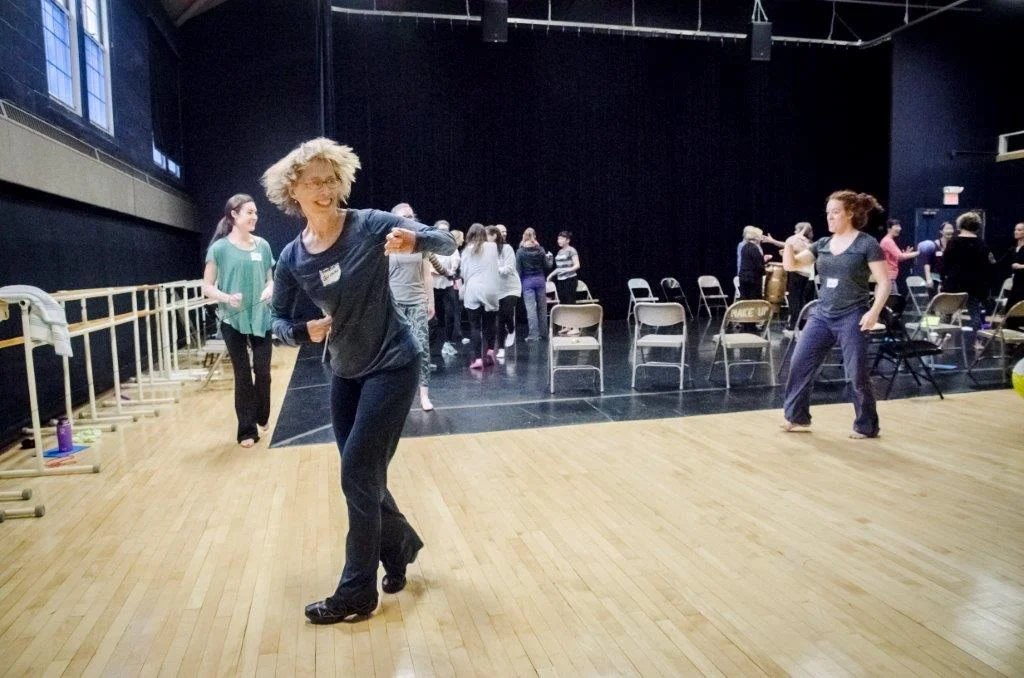Dear Friends,
At the start of this new year, I invite you to come with me on an experimental walk through the world of PD.
As you know, it is not always an easy world to navigate. We shuffle, we trip, we fall; we freeze, we shake, we contract. But despite this, we make our way. We persevere, we fight and we push back.
With this blog, I want to help you in your effort to live a more mobile, fulfilling and freer life. Using my experience as a professional dancer, movement therapist and Parkinson’s patient, I want to share with you how we can move together, with grace, through our PD world.
I began my own journey with PD over twenty years ago. At the time, I was immersed in my career as a dancer. Discovering that I had a condition that would drastically affect my ability to move was profoundly shattering.
But after a long period of searching for answers and treatments, I had a revelation: the very thing that Parkinson’s was attacking, my capacity for movement, was the weapon I needed to combat it. I could use my experience as a dancer, as an observer and student of movement, to analyze and then alter my strange, unsynchronized ways of moving
Two decades later, I now give lectures on PD at universities and conferences across the world. I speak to doctors, physical therapists and patients. I work with many individual clients, and every week I teach classes for people with Parkinson’s at the Mark Morris Dance Center in Brooklyn and in the Edmund J. Safra PD program at the JCC in Manhattan. The movement strategies I have devised address a wide range of symptoms and conditions and give new opportunities to patients to break through the physical constrictions of Parkinson’s.
Here, I want to offer you the same kinesthetic toolbox I use myself and share with my students.
The techniques inside are meant to usher you through the essential tasks of daily life. You’ll learn, among other things, how to imbue your gait with strength and regularize its pace, how to smoothly climb out of bed, and how to manage the anxiety-producing spatial predicaments brought on by crowds of people or even the common physical structures of our environment such as doorways.
Twenty years of studying movement as a dancer and twenty plus years of being a patient have given me an intimate understanding of the unique physical idiosyncrasies of Parkinson’s. We can push back against them, we can extend outward, we can open up rather than shut down.
Join me in moving forward. And around and sideways and up!
Pam
Continue to the first PD Movement Lab post:
How to Improve Your Gait in 30 Seconds: Music & Parkinson's
To leave a comment, follow these three steps: 1) Write your comment in the text box below, and click the "Post Comment" button 2) A black screen will appear. Write your name or "Anonymous" in the first text box 3) Click the gray "Comment As Guest" button. Voila! Thanks for your thoughts!
For a detailed visual guide to posting a comment visit PD Movement Lab Comment Directions

